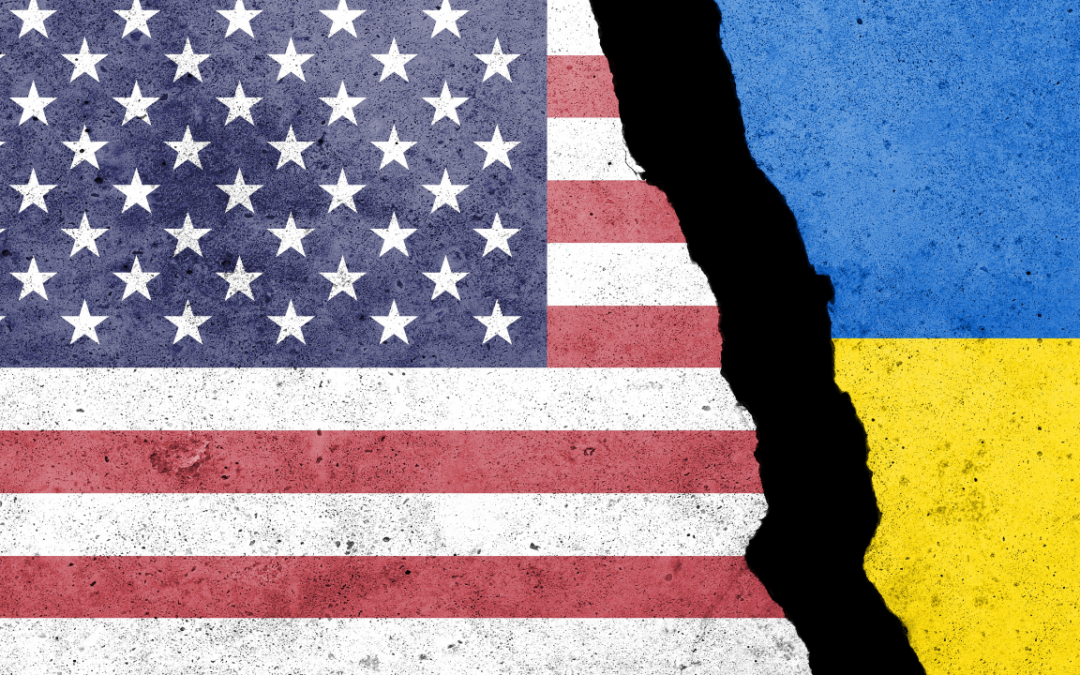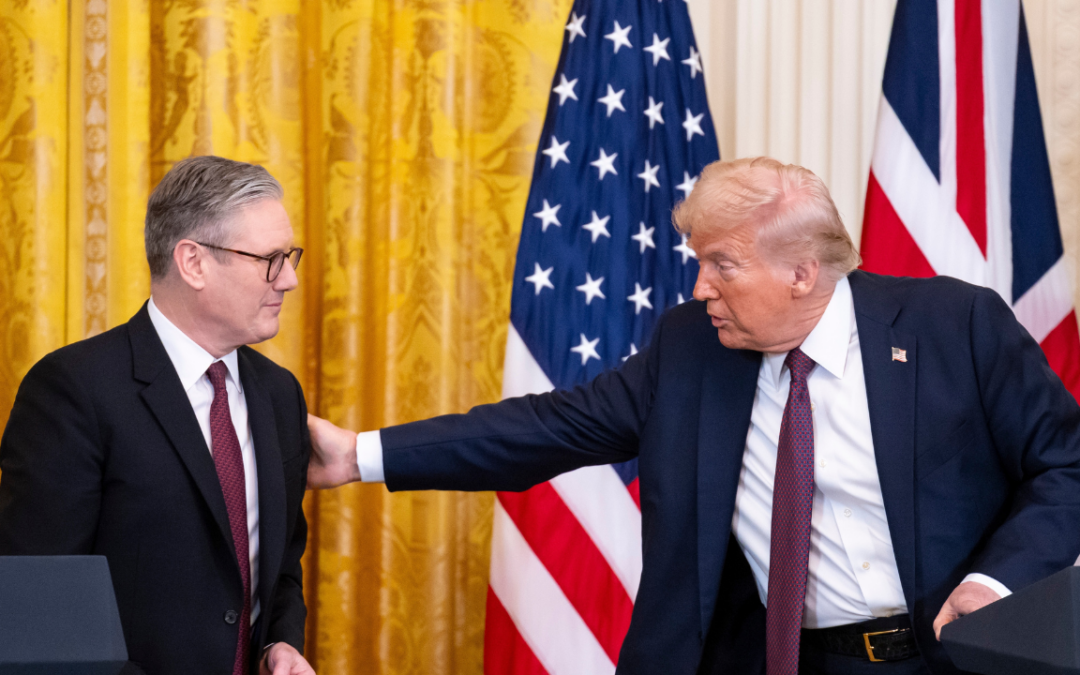Just as the US Centers for Disease Control (CDC) declared it safe to go mask-less in public, harkening a joyous return to normality, markets wobbled. Last week, stocks dipped, volatility spiked, and the tech darlings sagged.
What explains the juxtaposition between optimism on Main Street and pessimism on Wall Street?
In what follows, we point out why investors are reacting as they are. But there is a more important message. As the US private sector returns to normality, it is time for the Federal Reserve to also normalize.
No, this is not the time to tighten monetary policy. But it is time for the Fed to move from crisis management to stewardship. Stewardship demands that the Fed acknowledge risk, above all the risks residing within its own analytical and forecasting limitations.
This is about much more than humility. It is about credibility, which is the currency of central banks and the implicit foundation of well-functioning markets.
Let’s begin first with the recent market jitters.
Partly, they reflect investors being inveterate contrarians. Buy low and sell high implies going against what’s fashionable. When times are good, think about selling (before it is too late). Paraphrasing Warren Buffett, successful investors sell when there is gold in the streets.
Moreover, the CDC decision is not news, at least not for investors. Anticipation of successful vaccination and economic re-opening drove the markets’ big gains earlier this year. The CDC’s decision merely affirmed something investors knew was coming and had long-since factored into portfolio decisions.
Also, despite welcome US pandemic-relief news, other developments have become more worrisome. US inflation has spiked, with the jump even surprising the Vice-Chairman of the Federal Reserve. Middle East hostilities and ransomware attacks are reminders of what can go wrong. Pandemic control is far off in India, in other emerging markets and perhaps even in Europe.
Lastly, a very supportive first-quarter earnings season is drawing to a close. Without their daily ‘fix’ of good corporate results, equity and credit investors are now left to contemplate unknowns. Will inflation prove transitory? Can firms pass along higher costs, or will they have to eat them in profit margins? When will supply shortages in everything from timber and jet fuel to computer chips be resolved?
In short, the real world is intruding on the minds of investors. Despite welcome re-opening, they sense that big challenges lie ahead. They also recognize that market valuations reflect much that has gone right, but little of what could go wrong.
Yet, investor concerns are also contained. Volatility is higher, but not historically high. Growth stocks have fallen out of favor, but the market is not in free fall. Companies that enjoy pricing power, such as commodity producers, are doing well, while traditional defensive styles languish. Interest rates are climbing, but bond vigilantes remain invisible.
In short, investors are discriminating shoppers. They sense that the time has passed for broad-based market advances and has arrived for careful selection.
Investors today are preoccupied by returns within the market. They are not questioning whether they should be in the market. Whatever risks exist, they will not kill the recovery. Rotation is all that matters.
If that sounds complacent, it probably is. After all, inflation—the traditional wrecker of expansions and markets—is accelerating.
But it is not just investors who appear self-absorbed. For an institution with as checkered a forecasting track record as the Federal Reserve, it is curious to see how confidently Chairman Powell expresses faith that inflation will prove transitory. One might have thought that big misses in the past—soaring inflation in the 1970s, the bursting of the tech bubble in 2001 or the global financial crisis of 2008—would have produced a humbler institution. After all, those whoppers happened right under the Fed’s nose.
The historical record is clear: The Fed is better at fixing problems than anticipating them.
In the depths of despair, as Franklin Roosevelt noted, fighting fear is all that matters. It is precisely then that we need confident, perhaps even over-confident, decision makers.
But as we return to normal, our needs shift. We require responsible influencers.
The Fed has awesome responsibilities and a voice to match. Chairman Powell’s confidence about ‘transitory’ inflation encourages investors to think about returns within markets, rather than returns of markets. It obstructs investors’ collective appreciation of systematic risk.
It would therefore be welcome if the Fed could use the occasion of CDC mask-jettisoning to drop veils of false confidence and speak plainly about the inherent challenges of forecasting. It can start with humble assessment of its own track record.
Perhaps it is time for the Fed to recognize that acknowledging uncertainty can make everyone, itself included, better, more responsible and more credible decision makers.



